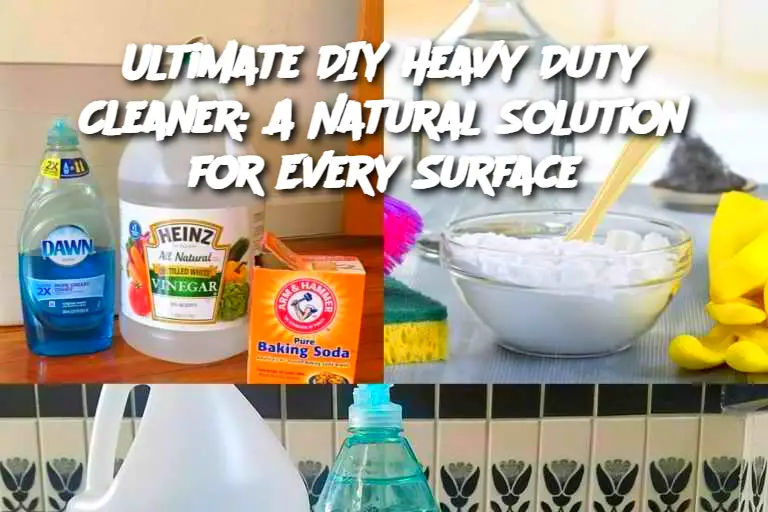ADVERTISEMENT
For Stronger Disinfectant Power: Add 1 tablespoon of hydrogen peroxide to the mix. This boosts the solution’s ability to kill bacteria and viruses, making it ideal for high-touch areas like door handles and light switches.
For a Grout Cleaner: For stubborn grout stains, add a few extra tablespoons of baking soda to form a paste-like consistency. Apply directly to grout lines, let sit for 5 minutes, and scrub with an old toothbrush.
Frequently Asked Questions:
Is this DIY cleaner safe for all surfaces? Yes, this cleaner is safe for most non-porous surfaces such as countertops, glass, tiles, and laminate. However, always test it on a small, inconspicuous area first to ensure it won’t damage delicate finishes, especially on granite or marble surfaces.
Can I use this cleaner in the bathroom? Absolutely! This cleaner works wonderfully on bathroom surfaces, including sinks, bathtubs, and shower tiles. For extra power in removing soap scum, try adding a bit more baking soda to the mix.
What if I don’t like the smell of vinegar? The vinegar smell dissipates quickly as it dries, but if you're sensitive to it, you can use a few more drops of essential oils to mask the scent. Lemon and lavender oils are great for a fresh, clean aroma.
Can I make this cleaner more eco-friendly? Yes! By choosing eco-friendly dish soap and organic essential oils, you can further reduce your environmental impact. Distilled vinegar is already a great choice because it’s made from fermented grains, making it biodegradable and environmentally safe.
How long will this cleaner last? This DIY cleaner should last for 2-3 weeks when stored in a cool place. However, always check the mixture for any changes in appearance or scent before using it.
By making your own heavy-duty cleaner, you save money, reduce waste, and avoid unnecessary chemicals in your home. Give this simple and effective solution a try—you’ll be amazed at how well it works!
ADVERTISEMENT
